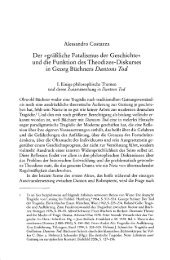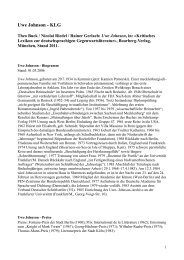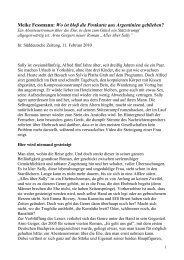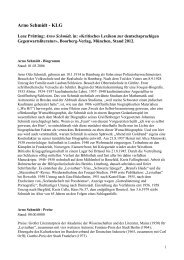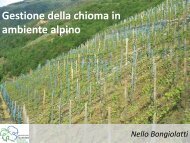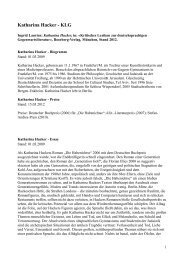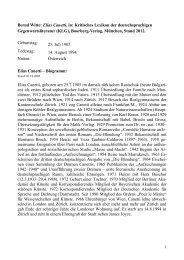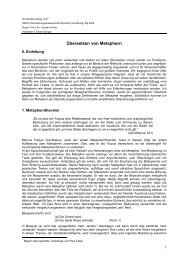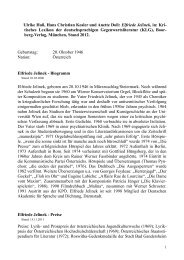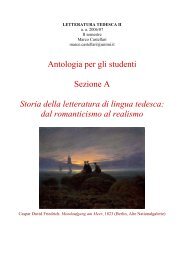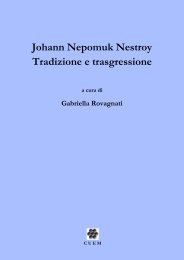Volume of Abstracts - Università degli Studi di Milano
Volume of Abstracts - Università degli Studi di Milano
Volume of Abstracts - Università degli Studi di Milano
Create successful ePaper yourself
Turn your PDF publications into a flip-book with our unique Google optimized e-Paper software.
5 th Int. Workshop on Ice Caves (IWIC – V)<br />
Barzio (LC), Valsassina, Grigna and <strong>Milano</strong>, September 16 – 23, 2012<br />
<strong>Volume</strong> <strong>of</strong> <strong>Abstracts</strong><br />
have been detected in many passages, with opposite seasonal <strong>di</strong>rections<br />
and with <strong>di</strong>scharge that can reach cubic meters/sec.<br />
The ice is localized close to the cave entrance and is the result <strong>of</strong> the<br />
freezing <strong>of</strong> seepage water and accumulation <strong>of</strong> snow during the winter<br />
season. The ice covers the cave floor and consists <strong>of</strong> roughly laminated<br />
layers deriving from melting and refreezing processes reflecting the annual<br />
cycle <strong>of</strong> mass variations. The ice contains a lot <strong>of</strong> organic matter, mainly<br />
leafs, that during the summer season form a carpet <strong>of</strong> a few centimetres<br />
thick close to the cave entrance that prevents the ice melting.<br />
In order to study the cave microclimates, an air temperature monitoring<br />
system was recently installed inside the caves and integrated with<br />
measurements <strong>of</strong> climatic parameters at the surface. The temperature<br />
inside the caves varies from a maximum <strong>of</strong> +2,5°C in the summer season<br />
to a minimum <strong>of</strong> -10 °C in the winter. The record data show near constant<br />
values during the summer and significant variations in the winter time. The<br />
shift is strictly linked to the external temperature: below +2,5°C the caves<br />
breathe in, introducing freezing winter air, while above such temperature,<br />
the air flux blows out <strong>of</strong> the cave. The cold air coming from the deeper part<br />
<strong>of</strong> the cave, where the temperature is a constant +2,5°C, is controlled by<br />
heat exchange with the cave walls and groundwater.<br />
These air fluxes permit the seepage water to freeze and snow to<br />
accumulate inside the cave, and maintain the ice volume in a dynamic<br />
equilibrium during the warm season. Historical information shows that over<br />
the last decades the ice volume has markedly decreased.<br />
ICE CAVE RESEARCH - FROM A PHENOMENON TO MODERN<br />
RESEARCH<br />
Grebe C. 1 & Pflitsch A. 1<br />
1 Working Group Cave & Subway Climatology, Geography Department, Ruhr-University <strong>of</strong> Bochum,<br />
Universitätsstraße 150 / Gebäude NA, 44780 Bochum, Germany<br />
(christiane_grebe@gmx.de, andreas.pflitsch@rub.de)<br />
The phenomenon ice caves was known long before modern science started<br />
to investigate this unique climate archive. Due to the amount <strong>of</strong><br />
information that was collected during the last years we will present an<br />
overview <strong>of</strong> the history <strong>of</strong> ice cave research over the last centuries. Beside<br />
the historical analysis the main focus <strong>of</strong> this work was to make unknown<br />
historical publications available and to examine them regar<strong>di</strong>ng their<br />
information content useful for current scientific research. Most <strong>of</strong> the ice<br />
cave publications until the 19th century had a predominant descriptive<br />
character, however they provide information about historical ice cave sites<br />
16




